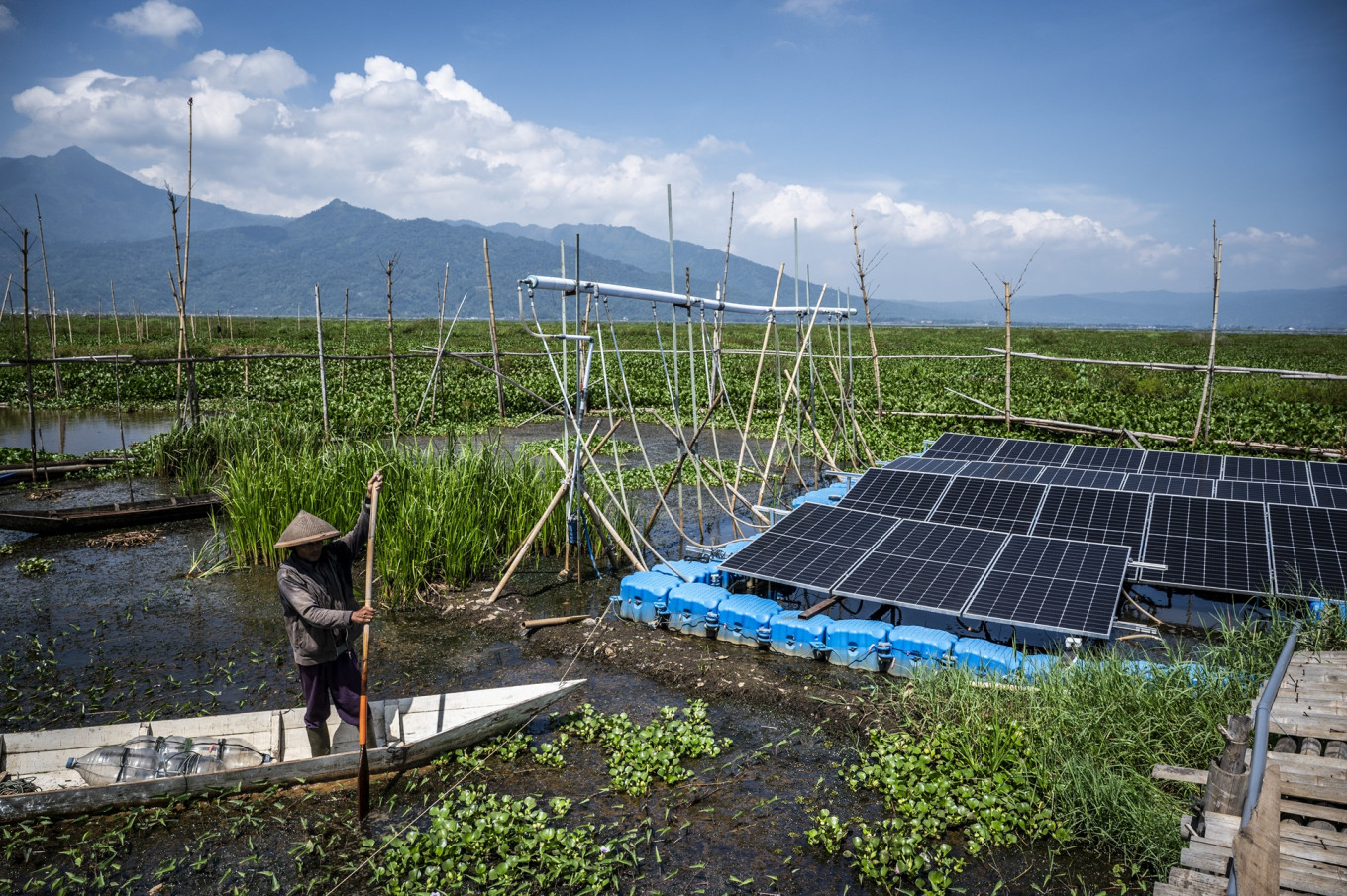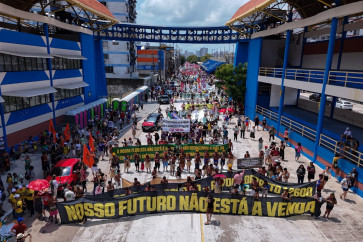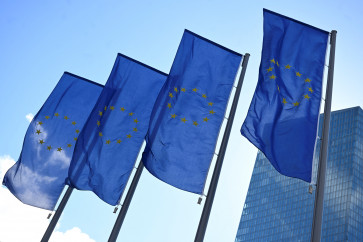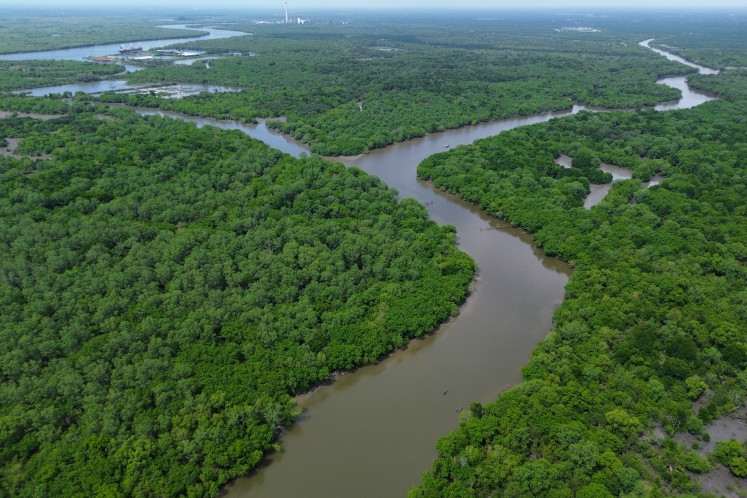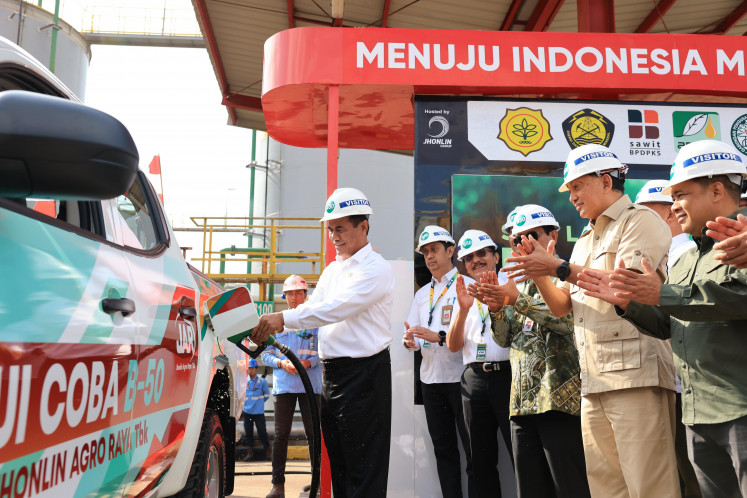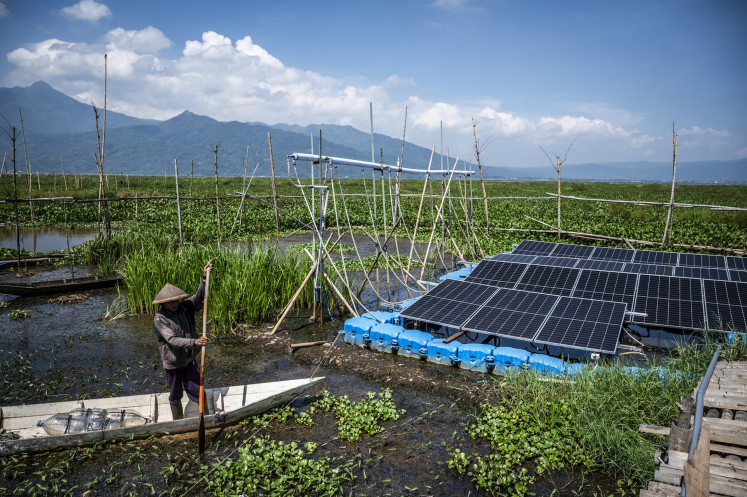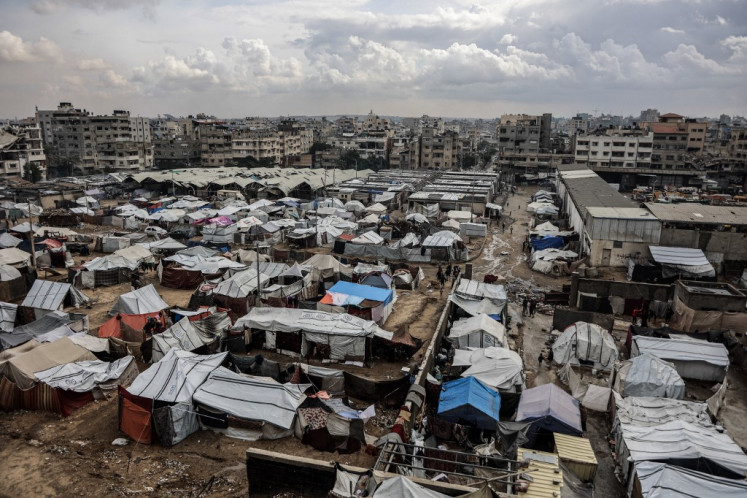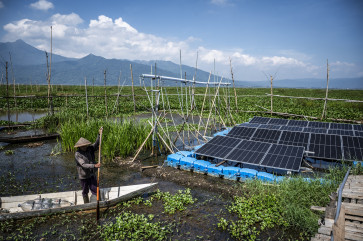Popular Reads
Top Results
Can't find what you're looking for?
View all search resultsPopular Reads
Top Results
Can't find what you're looking for?
View all search resultsThe electricity revolution is missing a key ingredient
Energy systems’ flexibility, their ability to respond in a timely manner to fluctuations in electricity supply and demand, must increase much faster than is currently expected.
Change text size
Gift Premium Articles
to Anyone
A
round the world, energy systems are undergoing profound, rapid transformations that will leave them looking dramatically different a decade from now. A major driver is the increasing electrification of the global economy. Not only are more people adopting electric vehicles, heat pumps and smart (digitally interconnected) appliances, we are also witnessing explosive growth in the construction of electricity-hungry data centers, many of them powering AI. Owing to these trends, the International Energy Agency has projected that electricity demand will grow six times faster than overall energy demand by 2035.
The supply side of the energy sector is also evolving rapidly. Renewable energy sources, especially solar, are set to play increasingly significant roles in power systems globally. These trends and technologies could deliver greater energy independence and lower emissions if the right policies and infrastructure are in place. But they also add a layer of complexity to grid management, because operators must account for variable flows of electricity while ensuring reliability and affordability for consumers.
Grids also need to power more places and things. By 2030, homes and businesses will have more than 30 billion digitally connected devices, twice as many as today. To keep pace, energy systems’ flexibility, their ability to respond in a timely manner to fluctuations in electricity supply and demand, must increase much faster than is currently expected.
Digitalization could be the key to closing the gap, even as it introduces new hurdles. Digital tools for optimizing power systems can improve efficiency, enhance affordability and strengthen energy security. And AI, especially, has huge potential to strengthen and streamline electricity systems. As recent case studies make clear, models and tools that are already available can better predict the output of weather-sensitive sources of generation, assist with aligning supply and demand throughout the day and help detect and correct infrastructure anomalies as they arise.
But to make the most of these opportunities, certain challenges need to be managed. Even when the lion’s share of new demand- and supply-side technologies are digitally enabled, implying the potential to be connected to other digital systems, they tend to operate in isolation. Often, they feature proprietary designs, lack standardized interfaces and do not have the necessary functionality to interact dynamically with the grid. Such fragmentation creates unnecessary inefficiencies, raises costs, stifles innovation and makes it harder to realize the benefits of digitalization on a broader scale.
That is why it is not enough for our energy systems merely to be furnished with digital capabilities. They also must become interoperable so that new technologies can be introduced and integrated seamlessly. When every node on the network can communicate effectively, those managing the system can achieve desired outcomes faster.
If well implemented, greater interoperability between digital technologies on both the demand and supply sides of the energy sector can deliver real dividends. Smart EV chargers could shift charging to times when renewable generation is high. Modern thermostats and appliances could respond to price signals in real time, helping to reduce peak electricity consumption. Rooftop solar systems could be aggregated to provide power to grids when needed. With the right frameworks, these resources can work together, driving progress toward the energy goals that countries and communities have set.

